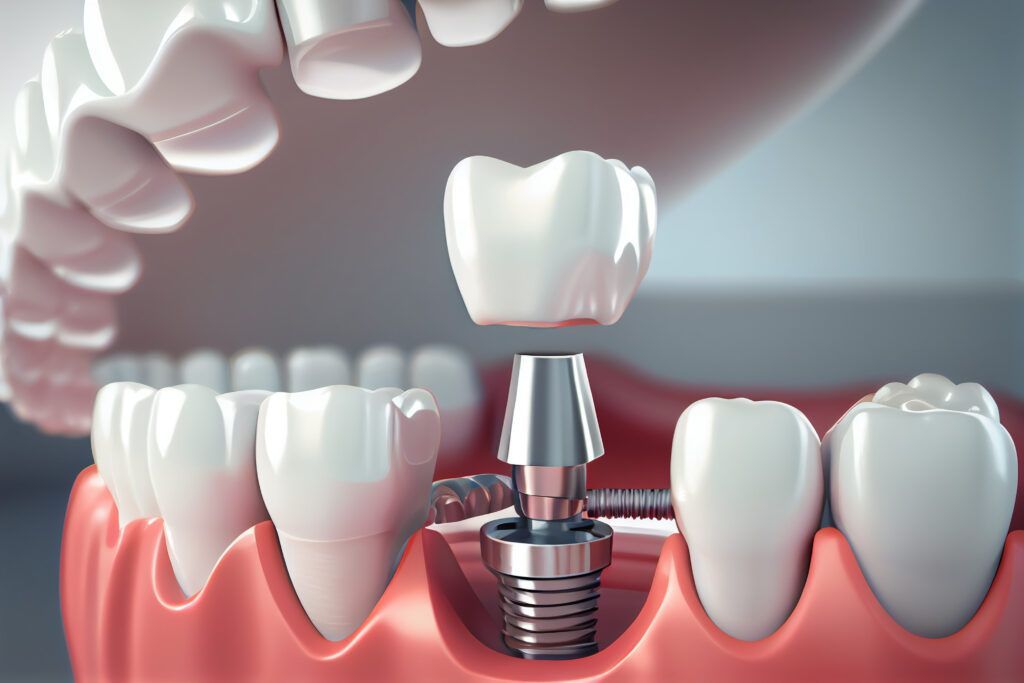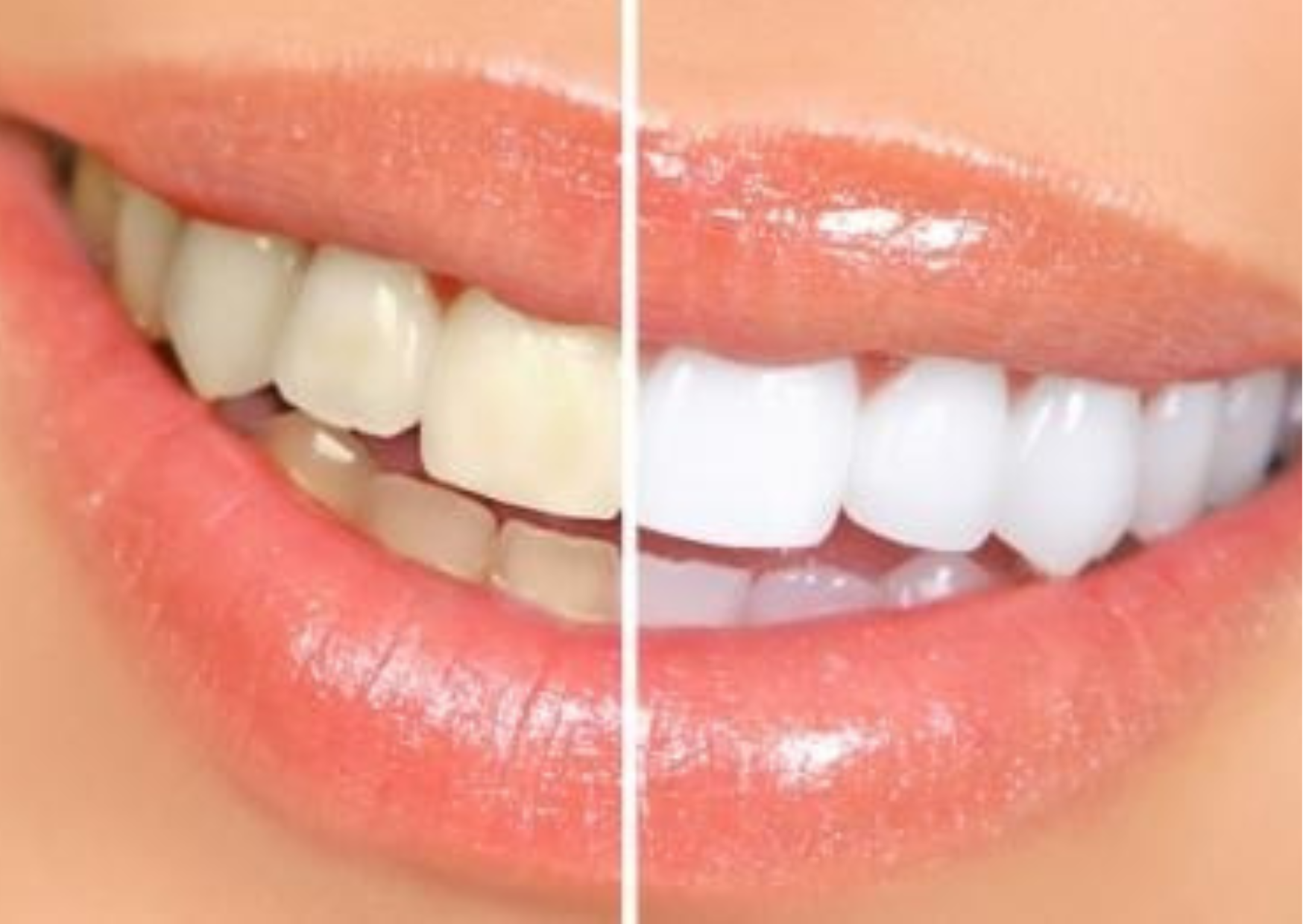How Do Porcelain Veneers Compare to Composite Veneers in Terms of Cost?
The Ultimate Guide to Veneers: Comparing Porcelain and Composite Veneers
When it comes to enhancing your smile, veneers are a popular and effective option. They offer a quick and dramatic transformation, correcting a variety of dental imperfections. However, one of the most common questions people have is, "How Do Porcelain Veneers Compare to Composite Veneers ?" In this comprehensive guide, we will delve into this question and explore all the factors that influence the cost of these two types of veneers.
What Are Veneers?
Veneers are thin shells that are custom-made to cover the front surface of your teeth. They are designed to improve the appearance of your teeth, correcting issues such as discoloration, chips, gaps, and misalignment. Veneers can be made from different materials, with porcelain and composite resin being the most popular choices.
Porcelain Veneers
Porcelain veneers are known for their durability and natural appearance. They are made from a high-quality ceramic material that closely mimics the translucence and texture of natural teeth. Porcelain veneers are custom-crafted in a dental laboratory and are bonded to the teeth using a special adhesive.
Composite Veneers
Composite veneers, on the other hand, are made from a tooth-colored resin material. They can be applied directly to the teeth in a single visit, as the dentist molds and shapes the composite material to achieve the desired look. Composite veneers are less expensive than porcelain veneers but may not offer the same level of durability and aesthetics.
Durability and Longevity: An Investment Perspective
Porcelain Veneers: A Long-Term Investment
One of the key benefits of porcelain veneers is their durability. Porcelain is a strong material that can withstand the daily wear and tear of chewing and biting. With proper care, porcelain veneers can last 10 to 15 years or even longer. This longevity makes them a good long-term investment, despite the higher initial cost.
Composite Veneers: Shorter Lifespan
Composite veneers, while more affordable initially, have a shorter lifespan. On average, composite veneers last about 5 to 7 years before they need to be replaced. They are more prone to chipping and staining compared to porcelain veneers, which means they may require more frequent maintenance and replacement.
The Natural Appeal of Porcelain Veneers
Porcelain veneers are often favored for their superior esthetic qualities. The translucent nature of porcelain allows these veneers to mimic the light-reflecting properties of natural teeth, resulting in a very natural and lifelike appearance. Additionally, porcelain is resistant to stains, which helps maintain the veneers' appearance over time.
Composite veneers can also achieve a natural look, especially when applied by a skilled dentist. However, they may not match the translucence and texture of porcelain veneers as closely. Composite resin is more prone to staining from foods and beverages, which can affect their appearance over time.
Procedure Time: Speed vs. Perfection
The Process of Getting Porcelain Veneers
The process of getting porcelain veneers typically involves multiple visits to the dentist. During the initial consultation, the dentist will discuss your goals and take impressions of your teeth. The teeth are then prepared by removing a small amount of enamel, and temporary veneers may be placed. The final veneers are custom-made in a dental laboratory, which can take a few weeks. Once ready, the permanent veneers are bonded to your teeth.
The Quick Application of Composite Veneers
One of the main advantages of composite veneers is the speed of the procedure. Composite veneers can often be applied in a single visit. The dentist applies the composite resin directly to your teeth, shapes it to the desired form, and hardens it with a special light. This makes composite veneers an excellent choice for those seeking a quick smile makeover.
Maintenance and Care: Long-Term Considerations
Caring for Porcelain Veneers
Caring for porcelain veneers is relatively straightforward. Regular brushing, flossing, and dental check-ups are essential to maintain oral health and the appearance of the veneers. Porcelain is highly resistant to stains, but it is still advisable to avoid excessive consumption of staining foods and beverages. Additionally, avoiding habits such as biting on hard objects can help prevent damage to the veneers.
Maintaining Composite Veneers
Composite veneers require similar care to natural teeth. Regular oral hygiene practices are crucial, and it's important to avoid habits that could damage the veneers, such as chewing on ice or using teeth as tools. Composite veneers are more susceptible to staining, so limiting intake of staining substances like coffee, tea, and tobacco is recommended.
Long-Term Cost-Effectiveness of Porcelain Veneers
While porcelain veneers have a higher upfront cost, their durability and longevity can make them more cost-effective in the long run. The need for fewer replacements and repairs over time means that the overall investment may be comparable or even lower than that of composite veneers over a decade or more.
Immediate Affordability of Composite Veneers
Composite veneers offer a more affordable solution for those who want to improve their smile without a significant initial investment. They are a cost-effective option for short-term cosmetic improvements or for individuals who prefer a less permanent solution. However, the potential need for more frequent replacements can add to the long-term cost.
Choosing the Right Option: Personal Considerations
Factors to Consider
When deciding between porcelain and composite veneers, several factors should be considered, including budget, desired longevity, and aesthetic goals. Consulting with a qualified cosmetic dentist can provide valuable insights and help you make an informed decision based on your specific needs and circumstances.
The Role of Personal Preference
Personal preference plays a significant role in the choice between porcelain and composite veneers. Some individuals prioritize a natural appearance and long-term durability, making porcelain veneers the preferred option. Others may value the lower cost and quicker application of composite veneers, despite their shorter lifespan.
Conclusion: Making an Informed Decision
In conclusion, when considering the question, "How Do Porcelain Veneers Compare to Composite Veneers ?" it's essential to recognize that both options offer distinct advantages and considerations. At Fashion Smile Dental Clinic, we understand the importance of providing our patients with comprehensive information to make informed decisions about their dental care.
Porcelain veneers are renowned for their long-term durability and exceptional aesthetics, making them an excellent investment for individuals seeking a permanent solution to enhance their smile. Our clinic offers high-quality porcelain veneers crafted with precision and tailored to each patient's unique dental needs, ensuring lasting results and satisfaction.
On the other hand, composite veneers provide a more affordable and expedient alternative, ideal for individuals seeking short-term cosmetic improvements or those with budget constraints. Our experienced dental team at Fashion Smile Dental Clinic is skilled in providing expert composite veneer treatments that deliver impressive aesthetic enhancements while accommodating our patients' financial considerations.
Ultimately, the choice between porcelain and composite veneers depends on your individual needs, preferences, and budget. Our dedicated team is committed to guiding you through the decision-making process, offering personalized recommendations, and ensuring you achieve the smile of your dreams.
Schedule a consultation with Fashion Smile Dental Clinic today to explore your options and embark on your journey towards a confident and radiant smile.













